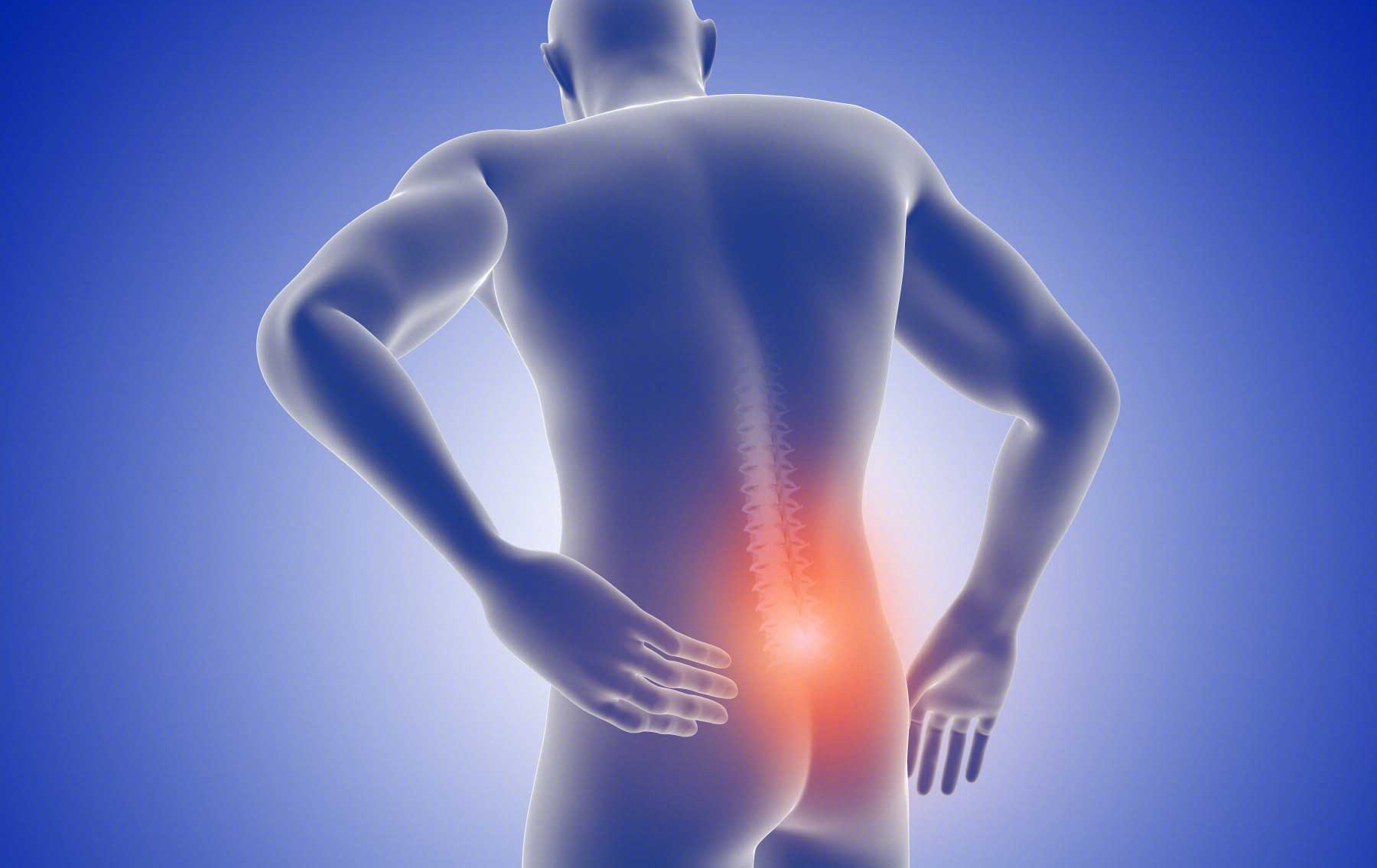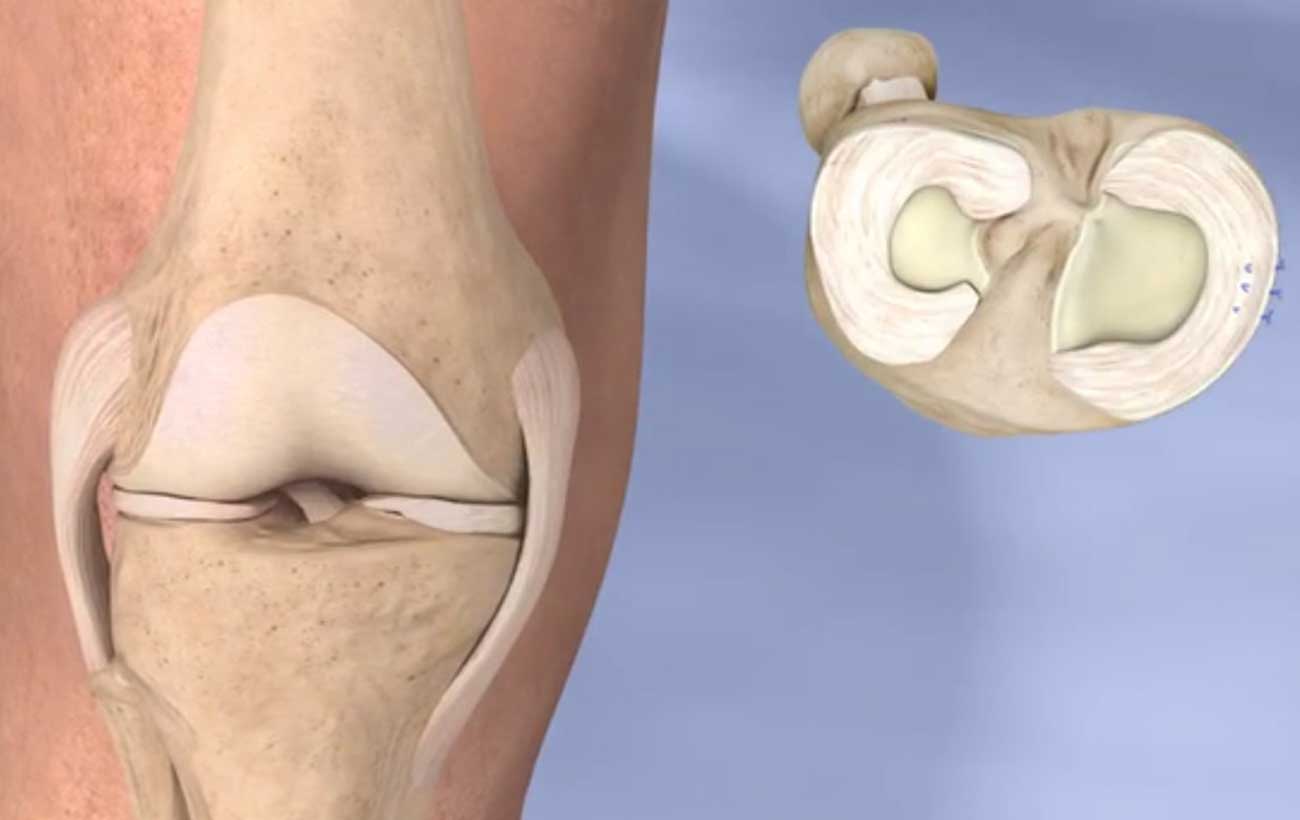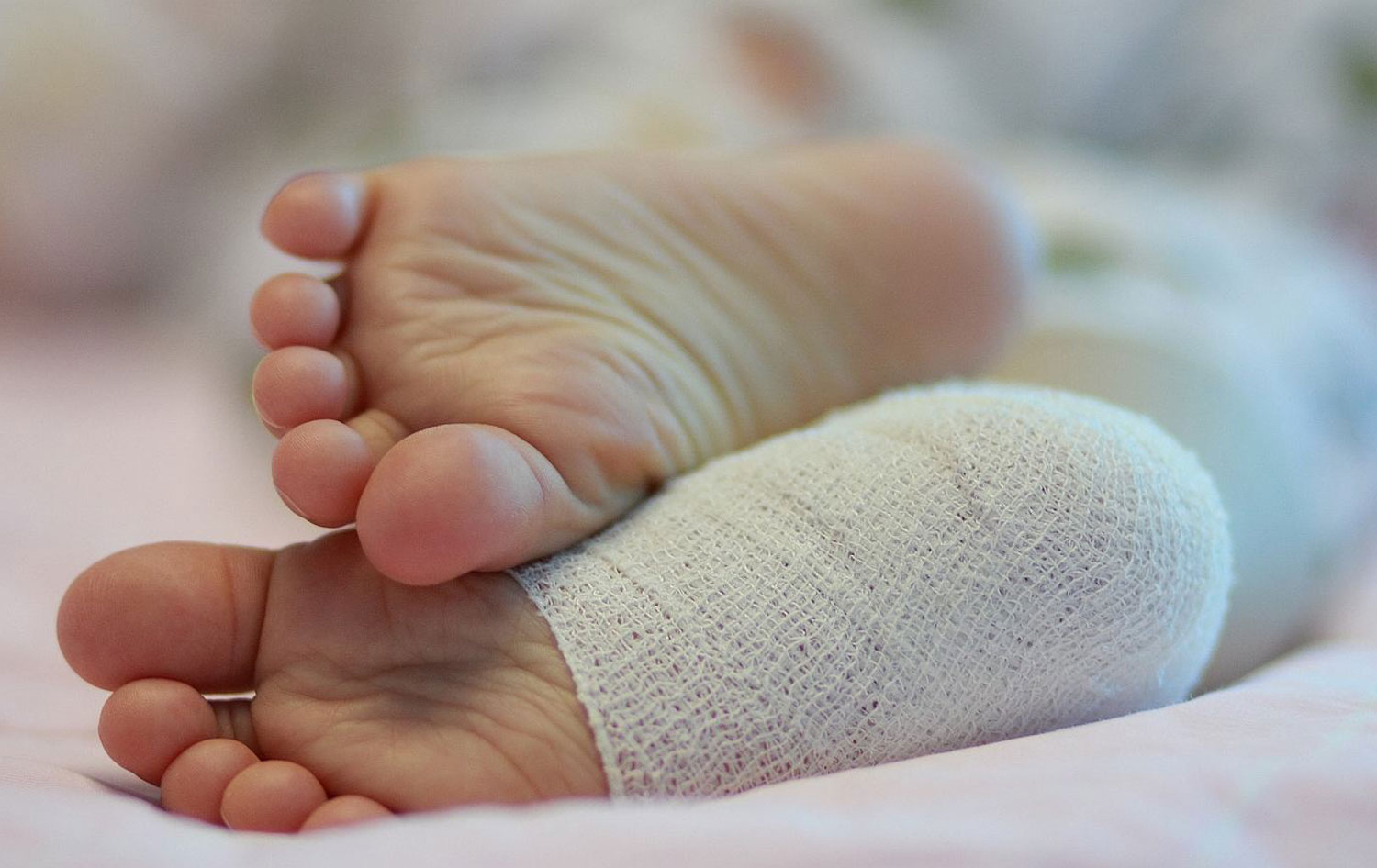innovative techniques Platelet-rich plasma therapy Times have changed since the days of bloodletting, when doctors…

Lumbar Disk Disease (Herniated Disk)
The vertebral column, or backbone, is made up of 33 vertebrae that are separated by spongy disks.
The lumbar spine consists of 5 bony segments in the lower back area, which is where lumbar disk disease occurs.
- Bulging disk. With age, the intervertebral disk may lose fluid and become dried out. As this happens, the spongy disk (which is located between the bony parts of the spine and acts as a “shock absorber”) becomes compressed. This may lead to the breakdown of the tough outer ring. This lets the nucleus, or the inside of the ring, to bulge out. This is called a bulging disk.
- Ruptured or herniated disk. As the disk continues to break down, or with continued stress on the spine, the inner nucleus pulposus may actually rupture out from the annulus. This is a ruptured, or herniated, disk. The fragments of disk material can then press on the nerve roots located just behind the disk space. This can cause pain, weakness, numbness, or changes in sensation.
Most disk herniations happen in the lower lumbar spine, especially between the fourth and fifth lumbar vertebrae and between the fifth lumbar vertebra and the first sacral vertebra.
Risk Factors
Although age is the most common risk, physical inactivity can cause weak back and abdominal muscles, which may not support the spine properly. Back injuries also increase when people who are normally not physically active participate in overly strenuous activities. Jobs that require heavy lifting and twisting of the spine can also cause back injuries.
Treatments
Typically, conservative therapy is the first line of treatment to manage lumbar disk disease. This may include a mix of the following:
- Bed rest
- Education on proper body mechanics (to help decrease the chance of worsening pain or damage to the disk)
- Physical therapy, which may include ultrasound, massage, conditioning, and exercise programs
- Weight control
- Use of a lumbosacral back support
- Medicine to control pain and relax muscles
If these measures fail, you may need surgery to remove the herniated disk. Surgery is done under general anesthesia. Your surgeon will make an incision in your lower back over the area where the disk is herniated. Some bone from the back of the spine may be removed to gain access to the disk. Your surgeon will remove the herniated part of the disk and any extra loose pieces from the disk space.
After surgery, you may be restricted from activity for several weeks while you heal to prevent another disk herniation. Your surgeon will discuss any restrictions with you.



